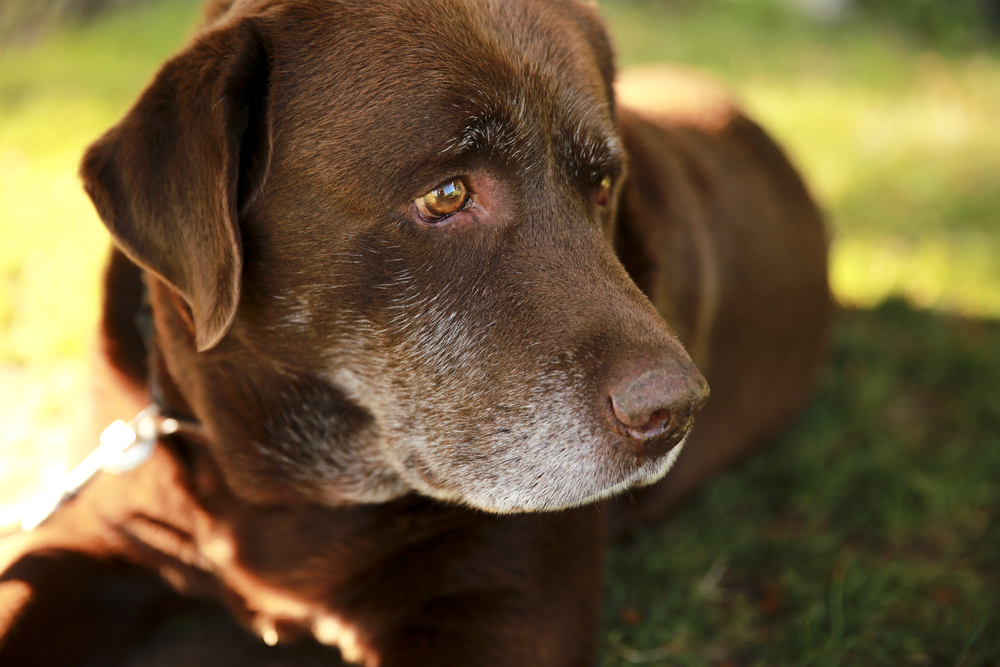Canine Models of Batten Disease May Help to Develop New Therapeutic Approaches, Review Says

Naturally occurring canine models of several types of neuronal ceroid lipofuscinoses (NCLs), also known as Batten disease, may aid in the development of new effective therapies for these conditions, according to a review study.
The study, “Canine neuronal ceroid lipofuscinoses: Promising models for preclinical testing of therapeutic interventions,” was published in the journal Neurobiology of Disease.
NCLs are the most common group of pediatric neurodegenerative disorders, characterized by progressive intellectual and motor deterioration, seizures, and vision loss.
They are caused by mutations in at least 13 different genes, which lead to the toxic accumulation of waste molecules, including lipofuscin, inside lysosomes — the cellular compartment responsible for breaking down waste — mainly in brain cells, leading to nerve cell damage and death.
Because symptoms of some forms of NCLs overlap, genetic testing is the only way to determine with absolute certainty which form a patient has.
NCL-like disorders also occur naturally in other mammals, including dogs, cats, horses, cattle, mice, and monkeys. Studies in these animals can help identify new disease-causing mutations or test experimental therapies to be further evaluated in clinical trials of human patients.
Researchers have now reviewed what is known about NCLs in dogs and ongoing efforts to develop or test treatments for human NCLs using naturally occurring canine models of these diseases.
So far, 12 mutations in eight genes equivalent to the known human NCL-related genes have been identified in more than 20 canine breeds and in mixed-breed dogs.
According to researchers, a diagnosis of NCL should be considered for any dog that exhibits several signs of the disease — including anxiety, development of aggressive and compulsive behaviors, loss of responsiveness to previously learned commands, movement discoordination, tremors, seizures, and impaired vision — that become progressively worse over time.
The presence of lipofuscin accumulation in nerve cell tissues also supports an NCL diagnosis, but definitive diagnosis and NCL classification requires genetic testing.
The absence of mutations known to cause NCLs in dogs does not exclude NCL as a cause of the dog’s symptoms, because the animal may carry a NCL-causative mutation that has not been identified yet.
“If the mutation occurs in any other gene, a determination will need to be made as to whether the disease should be classified as a new form of NCL or should be placed with another established group of inherited lysosomal storage disorders,” the researchers wrote.
To date, researchers have evaluated potential therapeutic approaches in dogs with CLN8 disease or CLN2 disease — a late-infantile form of Batten disease.
The positive results of enzyme replacement therapy for CLN2 disease in miniature long-haired dachshunds has, in fact, led to the development of a clinical trial (NCT02963350) evaluating this therapy — Brineura (cerliponase alfa), developed by BioMarin Pharmaceuticals — in children with CLN2 disease. Brineura was then approved in 2017.
Previous studies have also evaluated the potential therapeutic benefits of gene therapy — the introduction of the healthy version of a gene known to be associated with CLN2 disease when mutated — and stem cell therapy in this canine model of CLN2 disease.
Because canine NCLs are relatively rare and genetic testing is allowing breeders to identify dogs with mutations in NCL-related genes to avoid breeding them, the establishment of canine disease models and the preservation of their semen may be required to conduct future therapeutic studies.
The team also noted that “further research into the other canine NCLs, with in-depth characterization and understanding of the disease processes, will likely lead to the development of successful therapeutic interventions for additional forms of NCL, for both human patients and animals with these disorders.”





